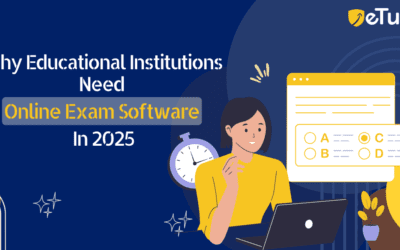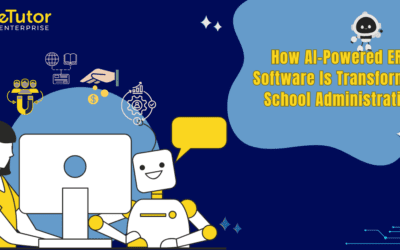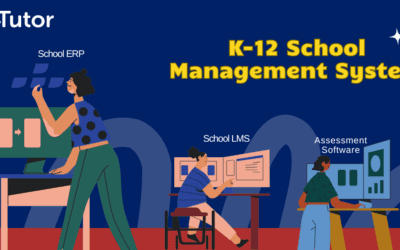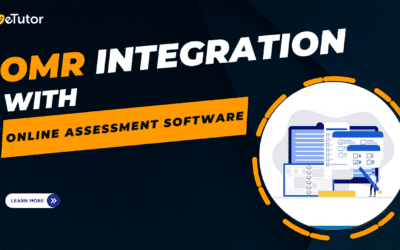Best Library Management Software for School
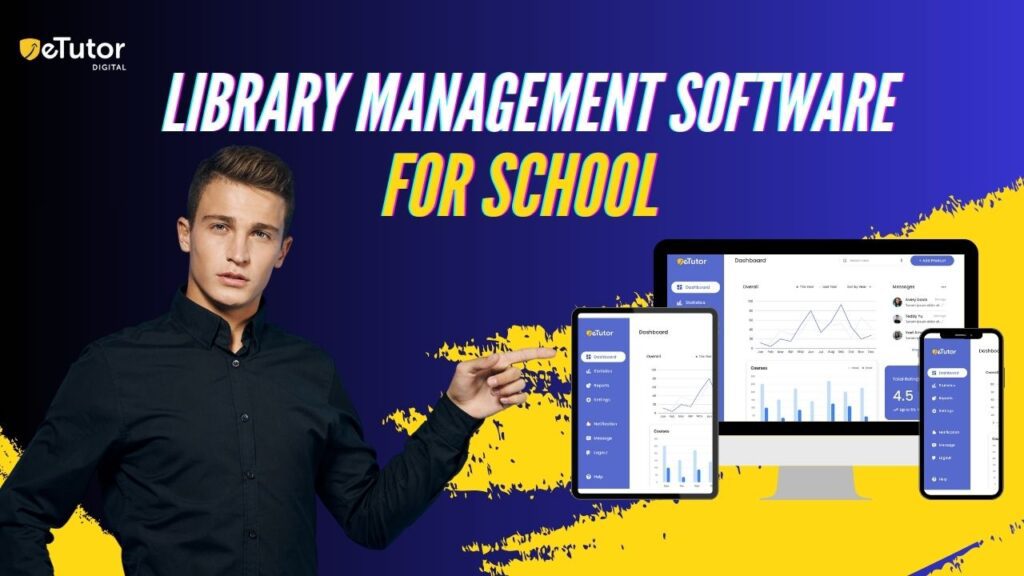
Introduction
School libraries, often the heart of schools, are no exception. Traditional library management methods are becoming outdated, leading to inefficiencies and hindering the overall learning experience. This is where eTutor Library Management Software steps in, offering a streamlined solution to enhance the functionality of school libraries.
If you are worried about the inventory management of books, lets explore here on how to simplify this management process.
What is school library management software?
A school library management system serves as an automated solution for efficiently handling the internal operations of school libraries. This robust and user-friendly Library Management Software empowers librarians to effectively manage library data.
It streamlines processes, allowing students to borrow books through a systematic and organized system. The system oversees the entire lifecycle of library materials, from acquisition to cataloging and maintenance.
The eTutor School Library Solution offers a unified platform accessible to students from all classes and librarians, aligning with the school’s vision and objectives. Developed, managed, and supported, this system is tailored to meet the school’s goals.
Benefits of library management software:
● Automation of Tasks: Library management software automates routine tasks such as cataloging, circulation, and inventory management, reducing the manual workload for librarians and staff.
● Efficient Cataloging: These systems facilitate efficient cataloging of books, making it easy for users to search and locate materials. This enhances the overall accessibility of the library’s resources.
● Improved Accessibility: Users can access the library catalog and resources remotely, promoting a more inclusive and convenient experience for students, faculty, and other stakeholders.
● Streamlined Circulation Processes: Automation of check-in, check-out, and renewal processes improves the speed and accuracy of transactions, ensuring a smooth circulation workflow.
● Real-time Monitoring: Library staff can monitor the availability and usage of resources in real-time, allowing for better decision-making regarding acquisitions, resource allocation, and collection development.
● Data Security: Library management software ensures the security of sensitive information, including user data and transaction records, protecting against unauthorized access and data loss.
● User Management: Efficiently manage user accounts, track borrowing history, and customize user privileges, providing a personalized experience for library patrons.
● Analytics and Reporting: Generate reports on various aspects of library operations, helping in strategic planning, resource optimization, and meeting compliance requirements.
Key Features of Library Management Software:
eTutor Library Management Software comes with various key features to efficiently handle library operations. Some prominent features include:
1.Cataloging and Classification:
● Organizes and categorizes books and other materials systematically.
● Utilizes standard classification systems for easy retrieval.
2. Barcode Scanning:
● Allows for quick and accurate tracking of books and resources.
● Speeds up the process of borrowing and returning items.
3. User Management:
● Manages user profiles, including borrower information and history.
● Tracks overdue fines and notifications for users.
4. Check-in/Check-out:
● Streamlines the borrowing and returning process.
● Updates inventory in real-time to maintain accuracy.
5.Search and Discovery:
● Enables users to easily search and locate resources.
● May include advanced search options and filters.
6. Reporting and Analytics:
● Generates reports on library usage, overdue items, and more.
● Provides insights for better decision-making.
7. Reservation System:
● Allows users to reserve books in advance.
● Manages and notifies users about the availability of reserved items.
8.Multi-Branch Support:
● Serves libraries with multiple branches efficiently.
● Coordinates resource sharing among different branches.
9.Automation of Repetitive Tasks:
● Automates routine processes such as reminders for due dates and overdue fines.
● Saves time for library staff and improves accuracy.
10. Integration with Online Databases:
● Connects with online databases for easy access to digital resources.
● Facilitates seamless integration with e-books and online journals.
11.Security and Access Control:
● Ensures data security and restricts access based on user roles.
● Protects sensitive information and maintains confidentiality.
12.Mobile Accessibility:
● Provides mobile apps or responsive interfaces for on-the-go access.
● Allows users to check availability and manage their accounts using mobile devices.
13.Customization and Scalability:
● Allows libraries to tailor the software to their specific needs.
● Scalable to accommodate the growth of the library’s collection and user base.
Implementing a robust Library Management Software with these features enhances the overall efficiency and user experience within a library environment.
Conclusion:
Library Management Software for schools not only automates and streamlines processes but also enhances the overall library experience for students and faculty. By investing in such a system, schools can ensure that their libraries remain hubs of knowledge and learning, equipped for the challenges of the digital age. Explore the possibilities of Library Management Software for schools and embark on a journey towards a more efficient and technologically advanced educational environment. Visit eTutor library management software for school for more insights and information.
Recent Posts
- eTutor Offline Exam Software for IIT-JEE, NEET, and Foundation with Student Performance Analytics
- NEET Test Generator for Academies & K-12 Schools
- How School ERP Software Maximizes Productivity and Minimizes Cost
- How Does ERP Software for Schools Help Educators?
- Why Educational Institutions Need Online Exam Software in 2025

